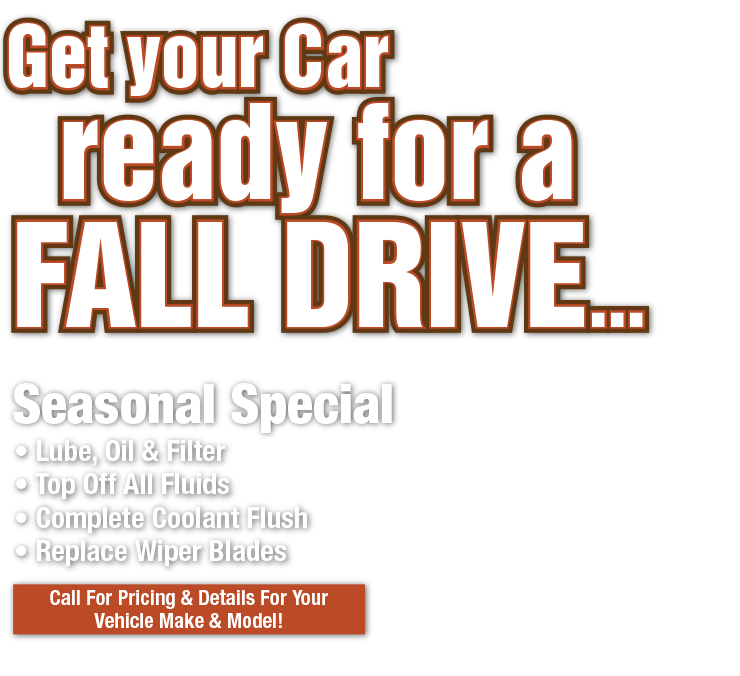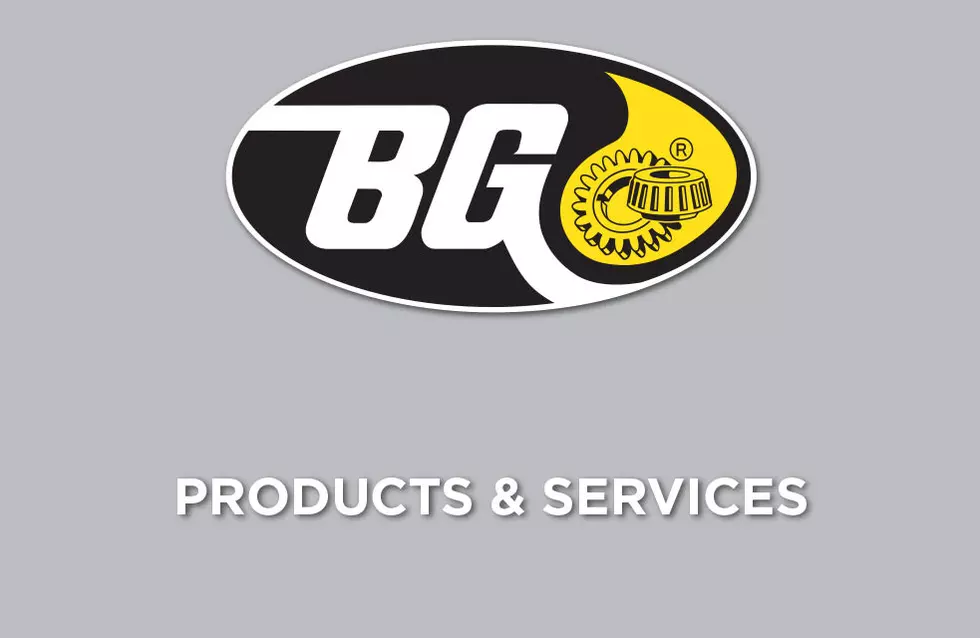Out of Joint (CV Joint and Boot Replacement)
January 26, 2025
If you have a front-wheel-drive vehicle, it has components called CV joints which enable you to turn your wheels smoothly. The CV stands for “constant velocity.” In essence, it’s a set of gears that connect a shaft that allows power from the transmission to be sent to the wheels. When you turn the wheels, no matter what angle, the input velocity rotation will be equal to the output. Thus, the name, CV (constant velocity) joint. Other vehicles with 4-wheel drive and all-wheel drive also use CV joints.
If one of your CV joints isn’t working right, you may find your vehicle difficult to handle. If one breaks, your vehicle may stop moving. So, it’s important that CV joints be in top working condition. The joints need a lot of lubrication, so they are surrounded by grease. There’s a rubber enclosure around them called the boot which holds the grease in and protects CV joints from the elements.
The biggest problems come when one of those rubber boots cracks. Water and dirt can then get into the joint, causing it to wear down and lose all its vital lubrication. It’s important to have your CV joints inspected regularly so a technician can spot cracks before the CV joints are ruined. Sometimes just the boot can be replaced before any major damage is done. But when the joint does go bad, it must be replaced.
Signs your CV joint needs changing out? You might hear a clicking sound when you turn if the CV joint is worn out. You might notice some thick, black grease around your wheel or on the pavement where you park your vehicle. You might also feel your vehicle vibrate when you’re going fast.
If you suspect you might have a bad CV joint, bring your vehicle in so a technician can determine what’s going on. Keep your CV joints in good shape and reduce the risk of them seizing up at an inopportune time so you can avoid being stranded.
Perfect Tune Auto Repair
5434 S. Old US Highway 23
Brighton, Michigan 48116
810.227.9903
http://www.perfecttuneautorepair.com
Need Service?
More articles from Perfect Tune Auto Repair

In the Hot Seat (Repair and Maintenance of Seat Heaters)
November 23, 2025
It's chilly outside. You flip on that switch that looks like a picture of a seat with little heat waves rising from it. You expect soon you'll feel that warmth but wait! It's not getting warmer. Oh no, what's wrong with my seat heater? There could be lots of reasons it's not working, and it cou... More

Go with the Flow (MAF Sensor Replacement)
November 16, 2025
If your vehicle has an internal combustion engine, it depends on two things to make propulsion power for you to be able to motor on down the road: fuel and air. The engine mixes the two in just the right proportion so that they can be ignited, creating a series of tiny explosions that are coordi... More

The Little Valve that Could (PCV Valve Replacement)
November 9, 2025
It's easy to get letters like PVC and PCV mixed up. PVC is a plastic that's used in a lot of things, especially plumbing pipes. And PCV is a valve that helps your engine burn off excess fumes rather than having them pollute our atmosphere. PCV stands for positive crankcase ventilation. When y... More









